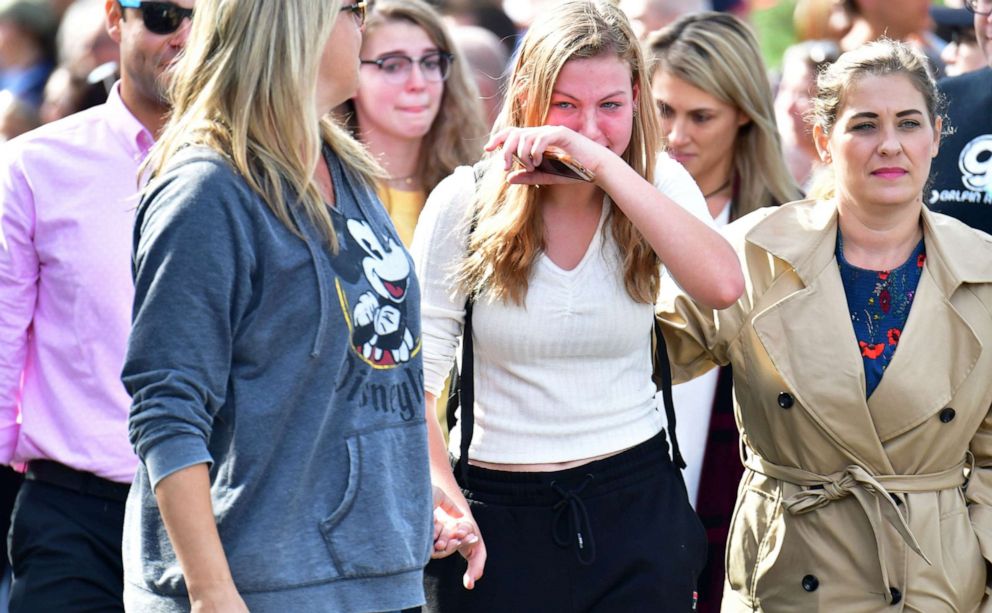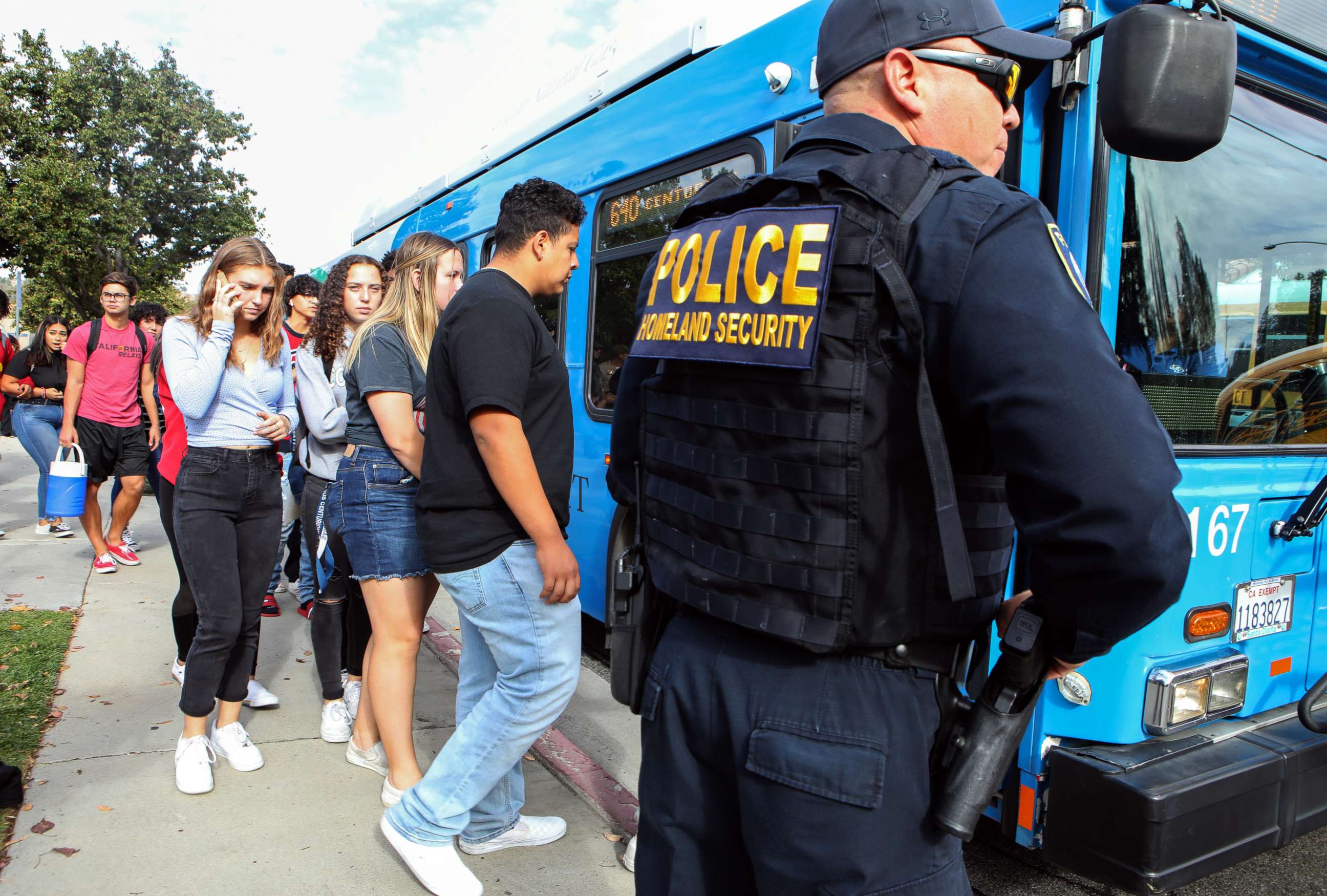What city schools are doing right in hardening their campuses in the era of mass shootings: OPINION
"Hardening" schools has become a controversial practice.
On his 16th birthday, a student walked into Saugus High School in Santa Clarita, California, pulled a .45-caliber semi-automatic pistol from his backpack and opened fire on his fellow students. Within 16 seconds, he shot multiple students and ultimately shot himself, later dying from the wound.
Thankfully, three off-duty police officers were dropping off their children at the school and were the first to rush in to confront this violence.
But the incident raised a number of security questions, including campus safety and the notion of "hardening" campuses, as had been done with Sandy Hook in Newtown, Connecticut, after the massacre there.
While Saugus High School did have security cameras, a police deputy and "campus supervisors," who act as guards, it did not have metal detectors, according to The Associated Press.
Generally speaking, a hardened building has fences, walls, good access controls, armed personnel and overt and covert deterrents that make it difficult -- if not impossible -- to carry out an attack.
Hardening has been controversial -- with concerns about it interfering with the learning environment -- and critics questioning its effectiveness. An AP investigation found that the security industry was pushing it over other methods -- but security requires a layered approach and lacking a layer impacts an overall security methodology.

Unfortunately, many schools in America have not taken heed and are missing layers in their school security plans.
The Secret Service uses a protective methodology that aims to minimize risk. In addition to looking at pre-attack behaviors and threats, the Secret Service "target-hardens" a location using concentric rings of protection -- an outer, middle and inner ring comprising layers of protection.
From aircraft to cyber, every potential risk is minimized to provide the maximum protective effect at a site and with overlapping measures aimed at reducing risk exposure.
Unfortunately, many schools in America don’t have the expertise or resources to conduct this type of a 360-degree security review. To address this, after advocacy from parents from the Parkland, Florida, shooting, President Donald Trump issued an executive order in 2018 focusing federal government resources on hardening schools.
This order was followed up by Congress introducing the School Safety Clearinghouse bill, which would require the secretary of Homeland Security to establish a School Safety Clearinghouse within the Department of Homeland Security. The bill has not been passed into law.
At the same time, DHS moved forward under Trump’s executive order and created the School Safety and Security portal with best practices for building and operating safer schools.
While a number of mass shootings that have garnered headlines have occurred at colleges or suburban-type schools, city schools have, for the most part, not been impacted, perhaps because they have been using some of the best practices laid out by DHS.

DHS recommends that "while schools focus on mitigation, response, and the recovery aspects of emergency management, they should also focus on prevention and protection," via the development of a School Safety Plan.
This plan would identify a school’s capabilities to prevent and protect against gun violence in the areas of security and emergency management, security force, entry control, fencing and gates, building envelope and closed-circuit video/video surveillance systems in a layered and overlapping fashion.
According to the Chicago Tribune, "in the 1980s and 1990s, urban districts sought to make schools safer from drug- and gang-related violence, taking such steps as installing metal detectors at entrances."
Many city schools are constructed of concrete and steel with hard, wooden doors and mandate identification prior to entry.
They also typically employ school resource or safety officers who patrol the schools. These are the same types of measures and layers the Secret Service uses at protected sites and DHS recommends schools consider. These measures are also arguably why inner-city schools haven’t suffered the fate of a mass shooting. In those schools, gun violence typically occurs outside the school, not inside, and the reason often cited is due to their security postures and its layers.
Anne Arundel, Maryland, Police Capt. Daniel Rodriguez once said in relation to school safety, "Our society has to get its head around answering the question, do they want speedy access to schools or enhanced security? We can't let the perfect be the enemy of the good."
Donald J. Mihalek is an ABC News contributor, retired senior Secret Service agent and regional field training instructor who also serves as the executive vice president of the Federal Law Enforcement Officers Association Foundation.